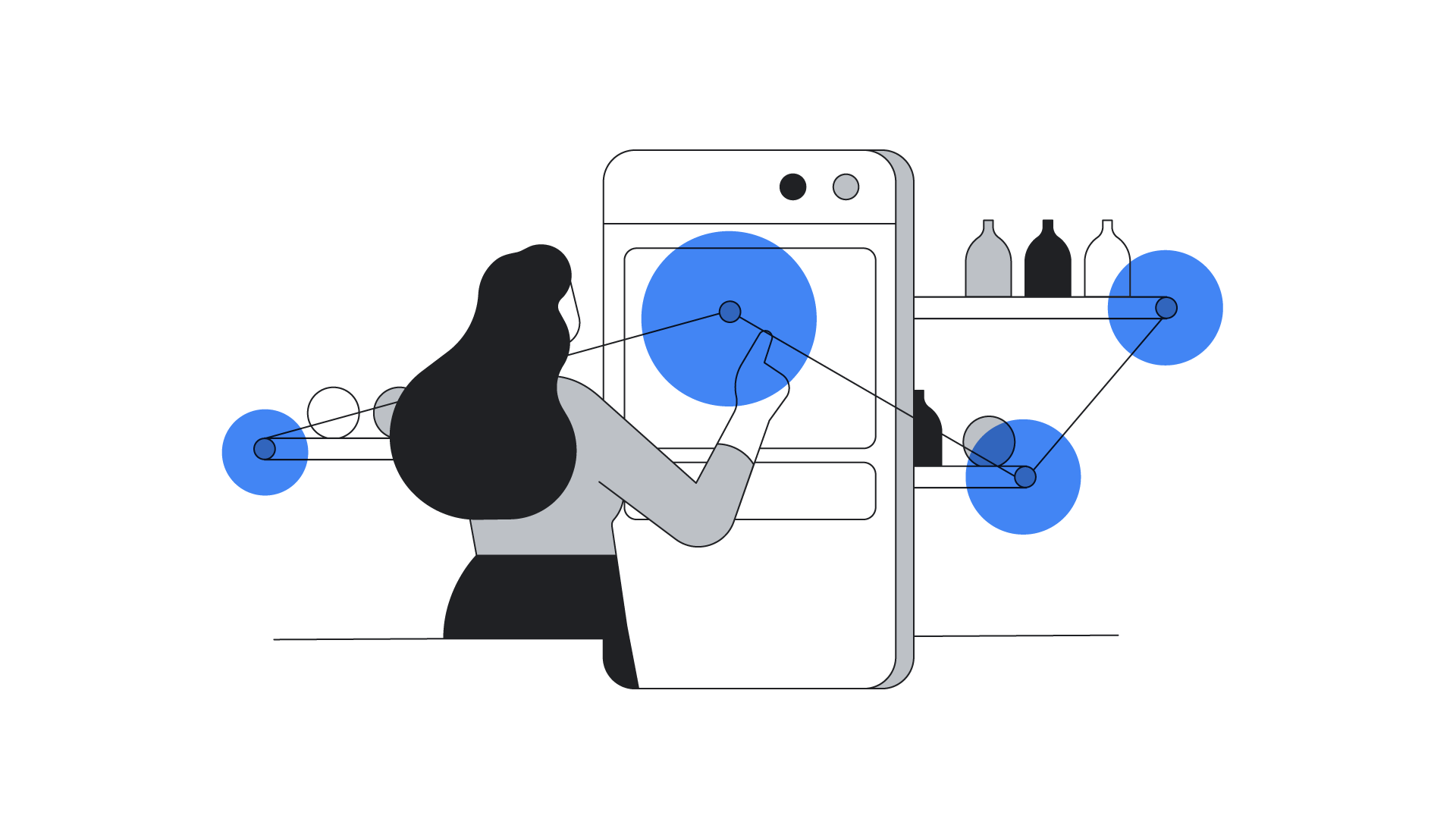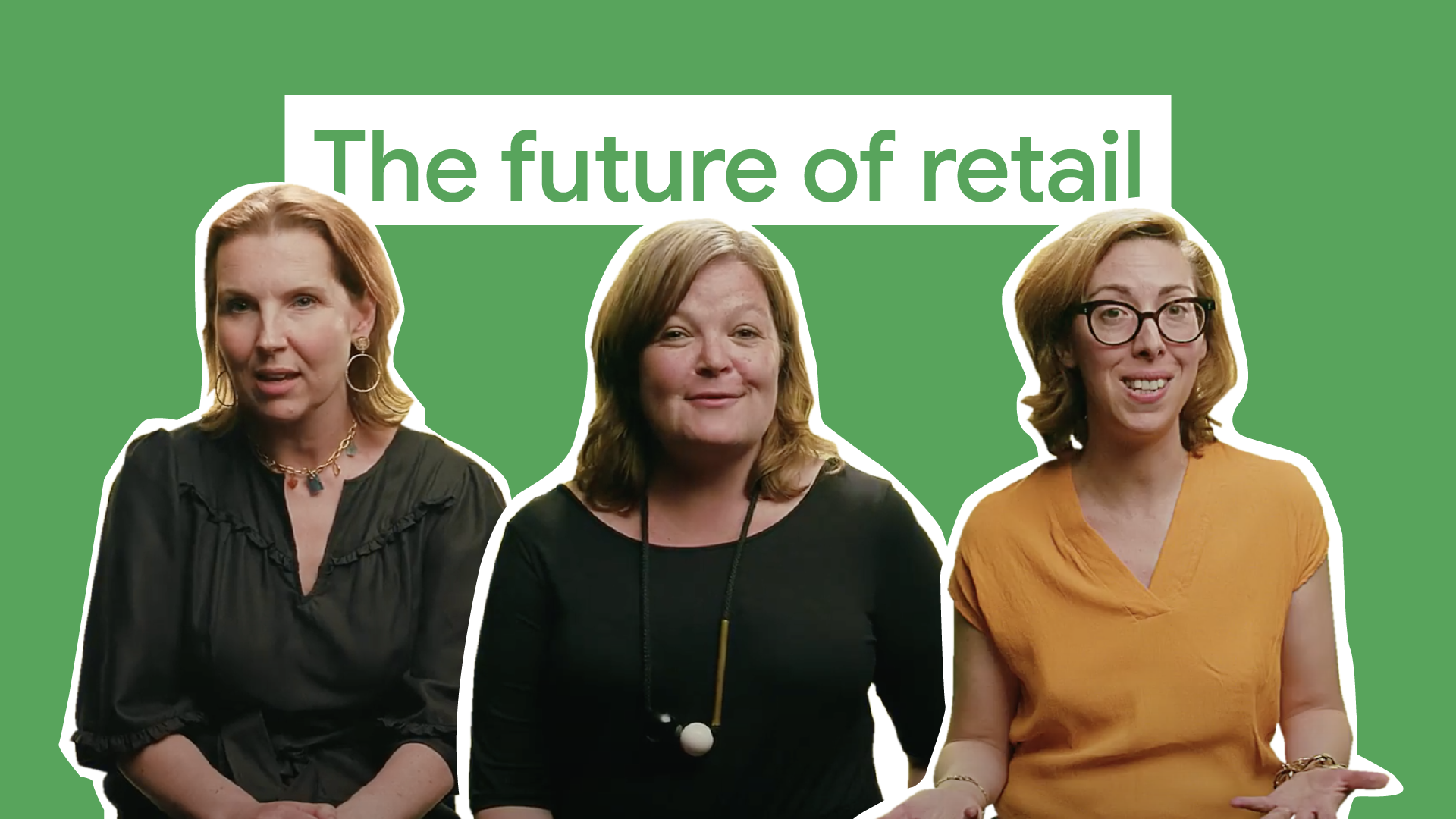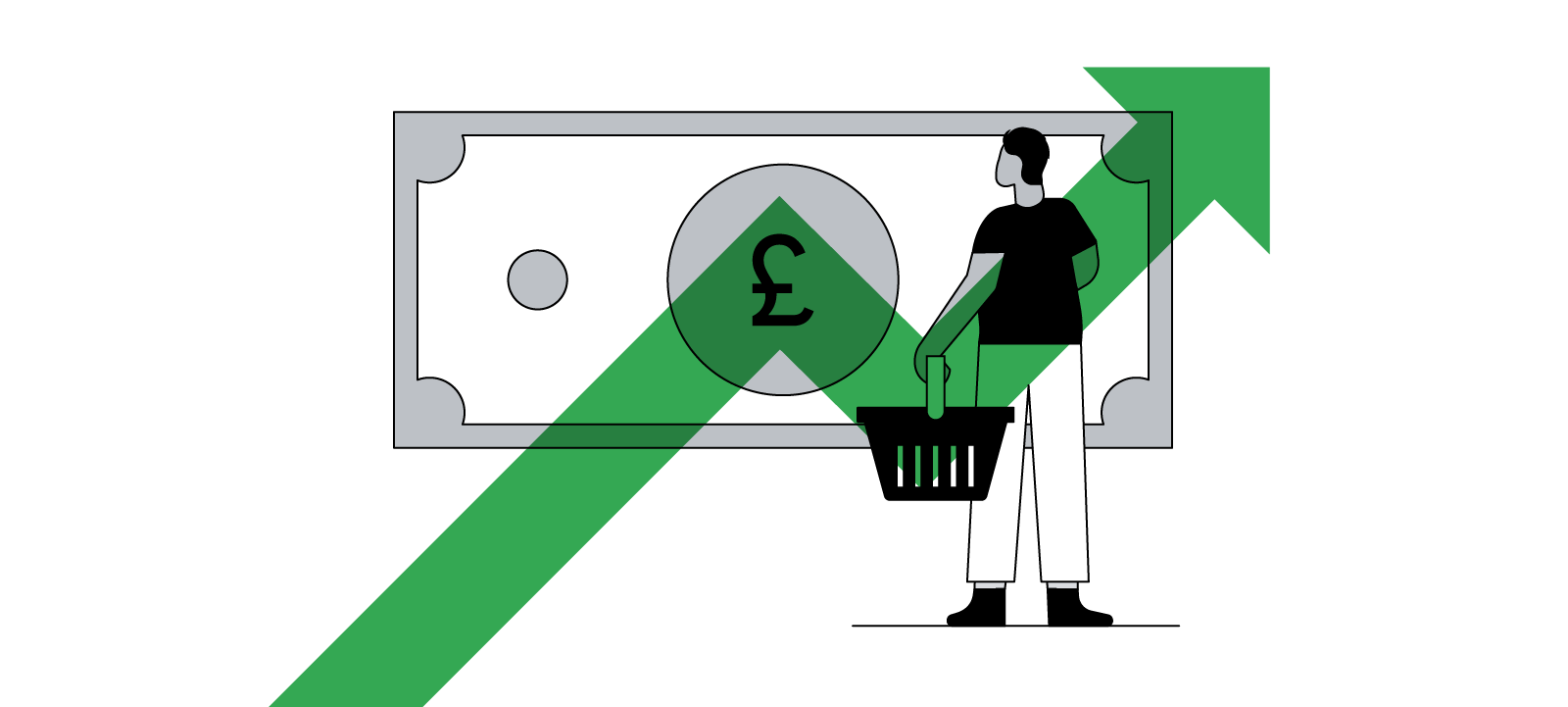It’s clear that this year’s Christmas shopping season will be different from any before it. New consumer behaviours, preferences, and even spending categories have emerged. And with COVID-19’s impact set to be felt from Black Friday to the post-Christmas sales, we’re likely to see the pattern continue, making adaptability crucial in the months ahead.
To help you stay ahead of the season, we’ve partnered with Ipsos to gather data from last year’s Christmas seasons and Google Trends insights to anticipate where we might expect to see change. Here are seven trends you should be aware of to find new opportunities in these fluctuating times.
1. Research for the Christmas season is starting earlier
Many consumers start thinking about gifting well ahead of the season, with 22% considering their purchases 3 to 6 months before Christmas last season.1 This year, it’s possible that consumers will be tightening their belts or planning even more shopping ahead of time, meaning that being able to adapt quickly to new behaviours is crucial. For example, last year, an early payday triggered a mini shopping wave the week before Black Friday.
The takeaway: Start planning your marketing strategy now, don’t limit your focus to traditionally big days, and use automated solutions that can react in real-time, and capture the unexpected demand.

2. Online shopping is increasing
The rise in e-commerce seems like a stepchange, not a spike. According to research from the Office for National Statistics, from April to June 2020, online sales accounted for over 30% of total retail sales, and while there’s been a slight downshift in online spending since, many people’s habits might have changed for good. In-store footfall on the U.K. high street, for instance, was down 41% year-on-year when stores reopened in June.
The takeaway: Getting your online strategy right is more crucial than ever. Use automation to tailor your bids and capture Search traffic, to reach consumers who are still cautious about in-store shopping.

3. Consumers are less loyal
This gifting season, we’re likely to see value-conscious consumers who are less loyal and more open to trying new brands, as they navigate the ‘messy middle’ of modern decision making. 50% of shoppers will buy from a new retailer at some point in the season.2 Last season, 79% of consumers reported using both YouTube and Search as they researched purchases.3
The takeaway: Consider YouTube as a cost-efficient way to reach consumers as they’re planning what to buy, and where to buy it. Use our Find My Audience tool, which helps you understand who your most valuable customers are on YouTube – so that you can discover new audiences and learn how to reach them individually with relevant messages.

4. Retail apps are on the rise
Retail apps were key during the last festive season, with 38% of consumers reporting using retailer apps.4 The trend is likely to continue as downloads of apps from Google Play rose 30% from February to March this year, and retail apps saw time in-app increase by 20%. Studies also show that app customers are more loyal, spending 37% more than non-app customers with the same retailer, buying 33% more frequently, and buying 34% more items. There’s a crucial distinction, though, between apps that users download in the moment and forget, and those they check in on frequently, encouraged by exclusive deals or must-have items.
The takeaway: Upgrade your app experience – encourage daily or weekly check-ins with deals and updates, or provide value-adds like stock updates and customer service for app users.

5. Gift-giving is getting more personal
Shoppers typically put a lot of thought into gifting – last season, 58% cited buying the perfect gift as very important to them.6 But, after missing birthdays and other significant life events due to social distancing this year, it’s likely that this season’s shoppers will try even harder.
The takeaway: Simplify research and discovery for consumers – for instance, by creating a Gift Ideas section on your company’s website, using the homepage to provide important information or optimising site speed to make browsing easy.

6. Store visits are more local and focused
Following the impact of the pandemic on the economy, people are becoming more inclined to support smaller, local businesses.
With in-store visits likely to include safeguarding measures well into the gifting season, consumers may not avoid them entirely, but may make fewer, more focused trips as they check for gift ideas, prices, or availability online ahead of time. Shoppers already searched online prior to 86% of in-store purchases in the 2019 season.7
The takeaway: Retailers should make information easily accessible on everything, from inventory and promotions to opening times and safety measures. Google My Business tool enables connection with consumers across Google Search and Maps, taking advantage of an uptick in local loyalty.

7. Unpredictable categories are emerging
Early this year, life in lockdown saw several surprising trends emerge: global watch time for coffee recipe videos more than tripled in March 2020, while the U.K. saw a surge in interest in pizza ovens over early summer. While some likely trends feel more predictable — DIY Christmas decor and treats becoming more important to people who can’t enjoy outdoor festivities, for instance — it’s likely we’ll see other, unforeseeable categories on the rise.
The takeaway: Use tools like Rising Retail Categories to capitalise on unexpected surges in demand.

Whether they’re hitting stores to get in the festive spirit or simply running out of time, one in five consumers typically leave their shopping until the last minute, but this could change.8 Consumers planning to meet up with elderly or vulnerable relatives over the festive season might aim to socially distance ahead of Christmas Day, forcing them to shop earlier or online.
The takeaway: Stay flexible to meet demand, and be clear about how your gift and delivery options will prioritise customer health.






